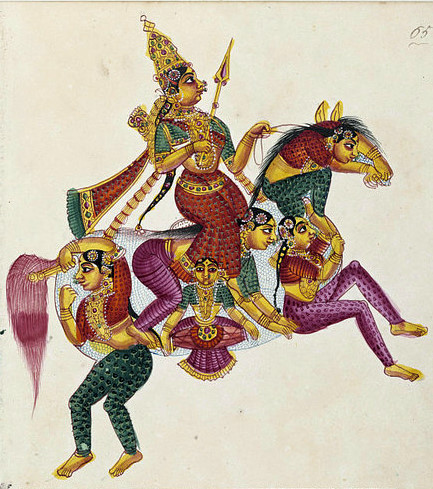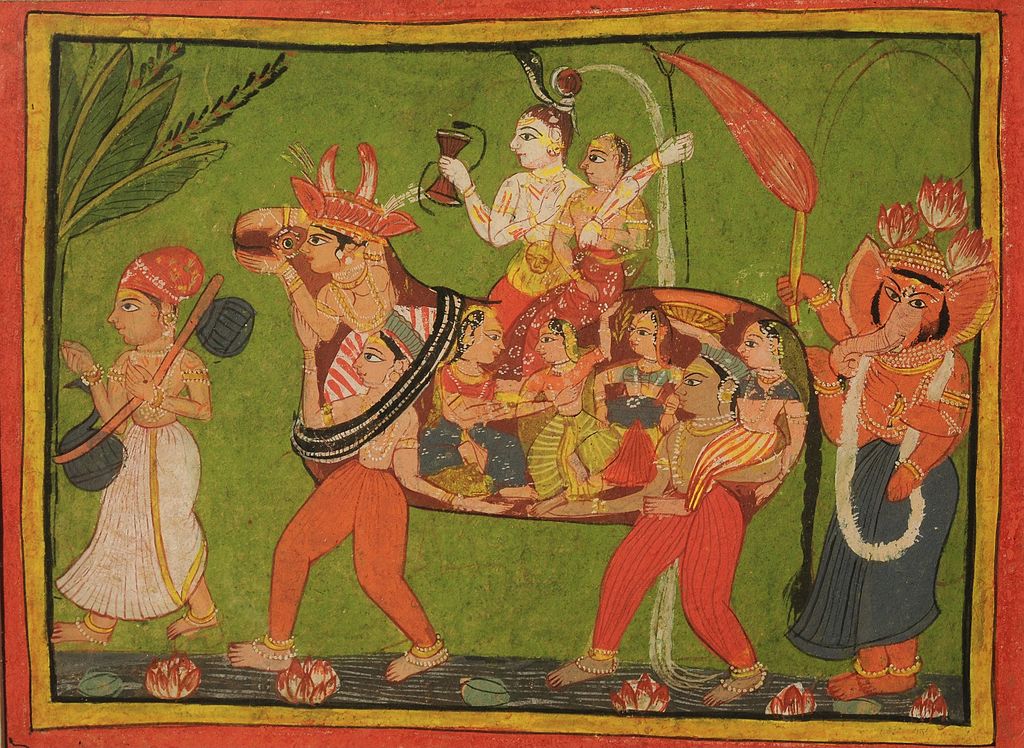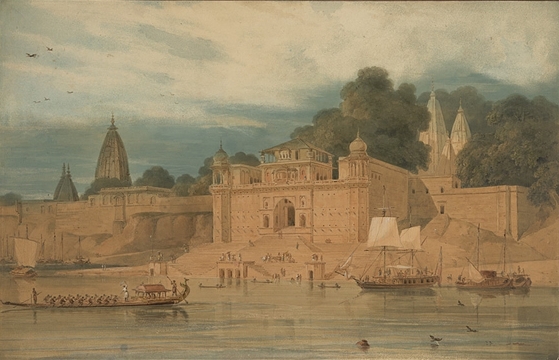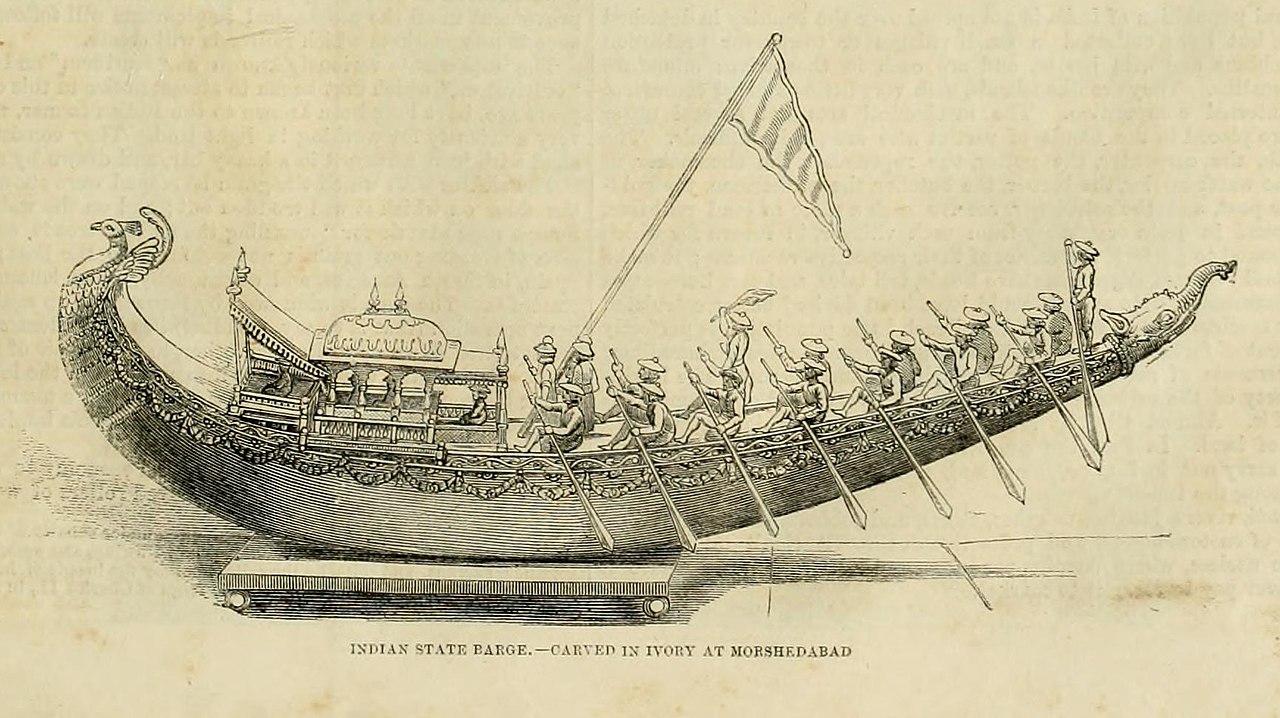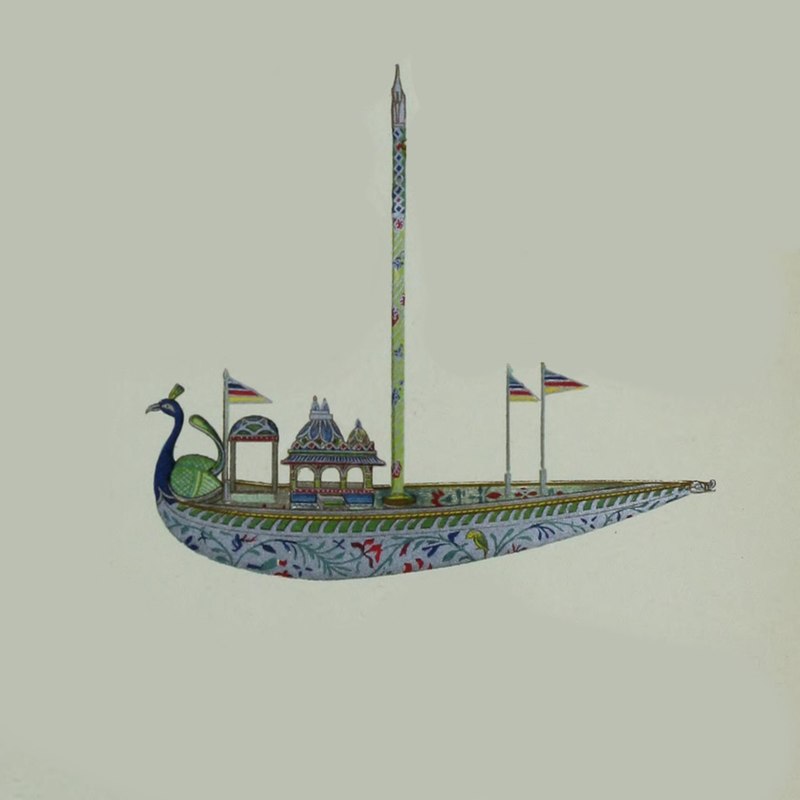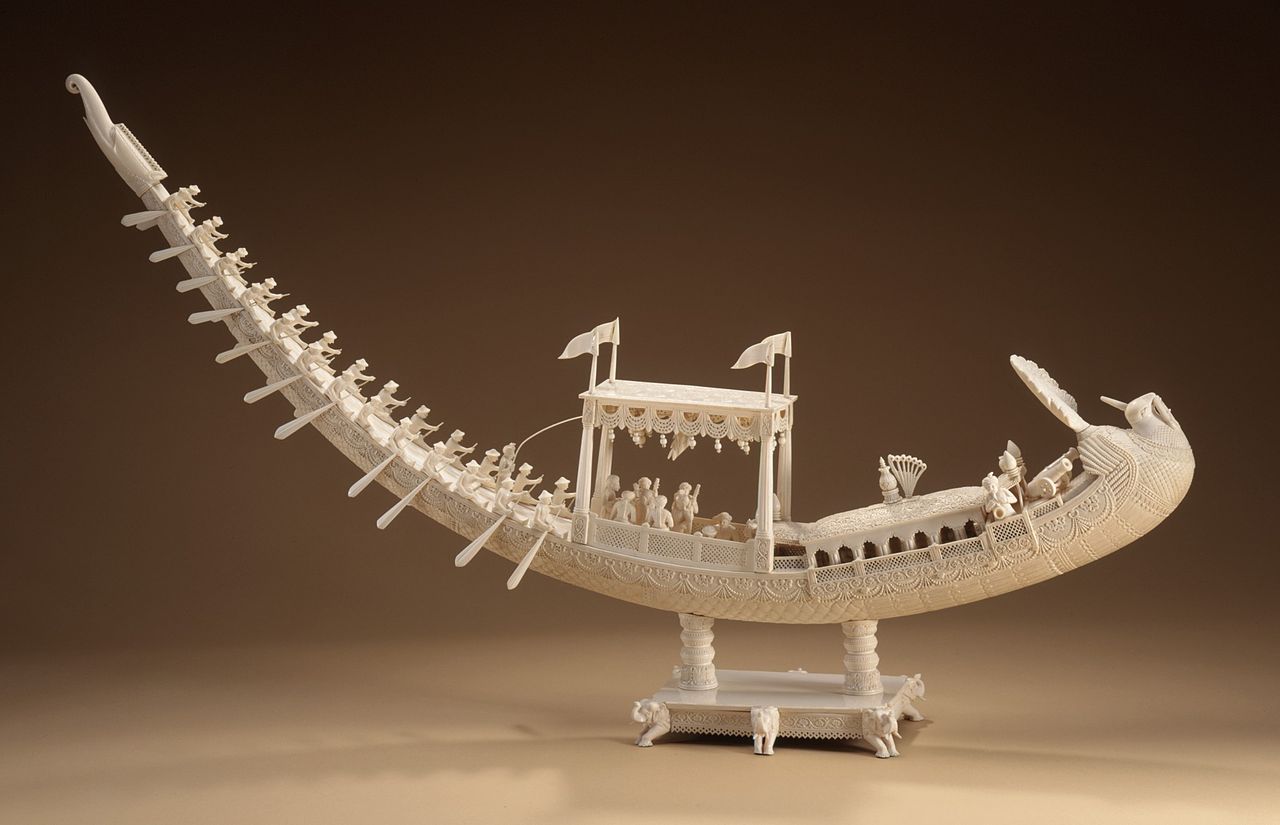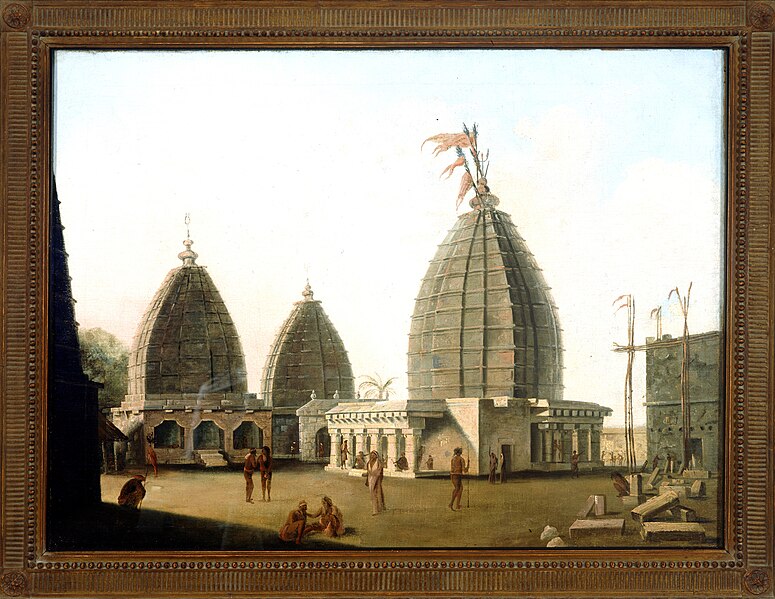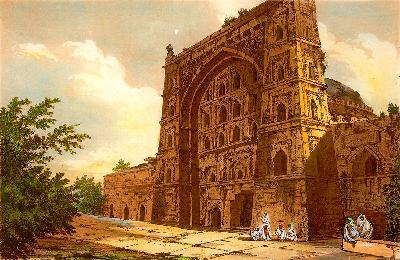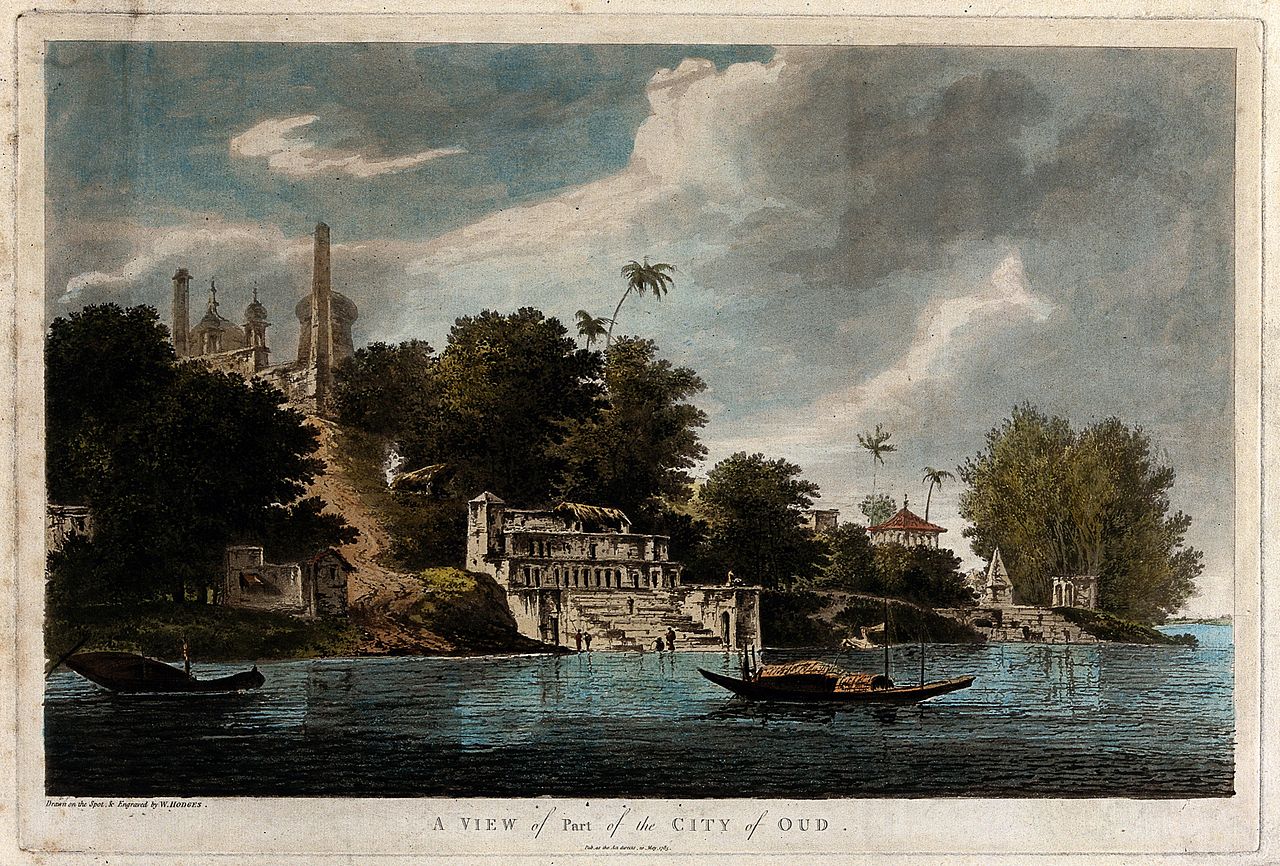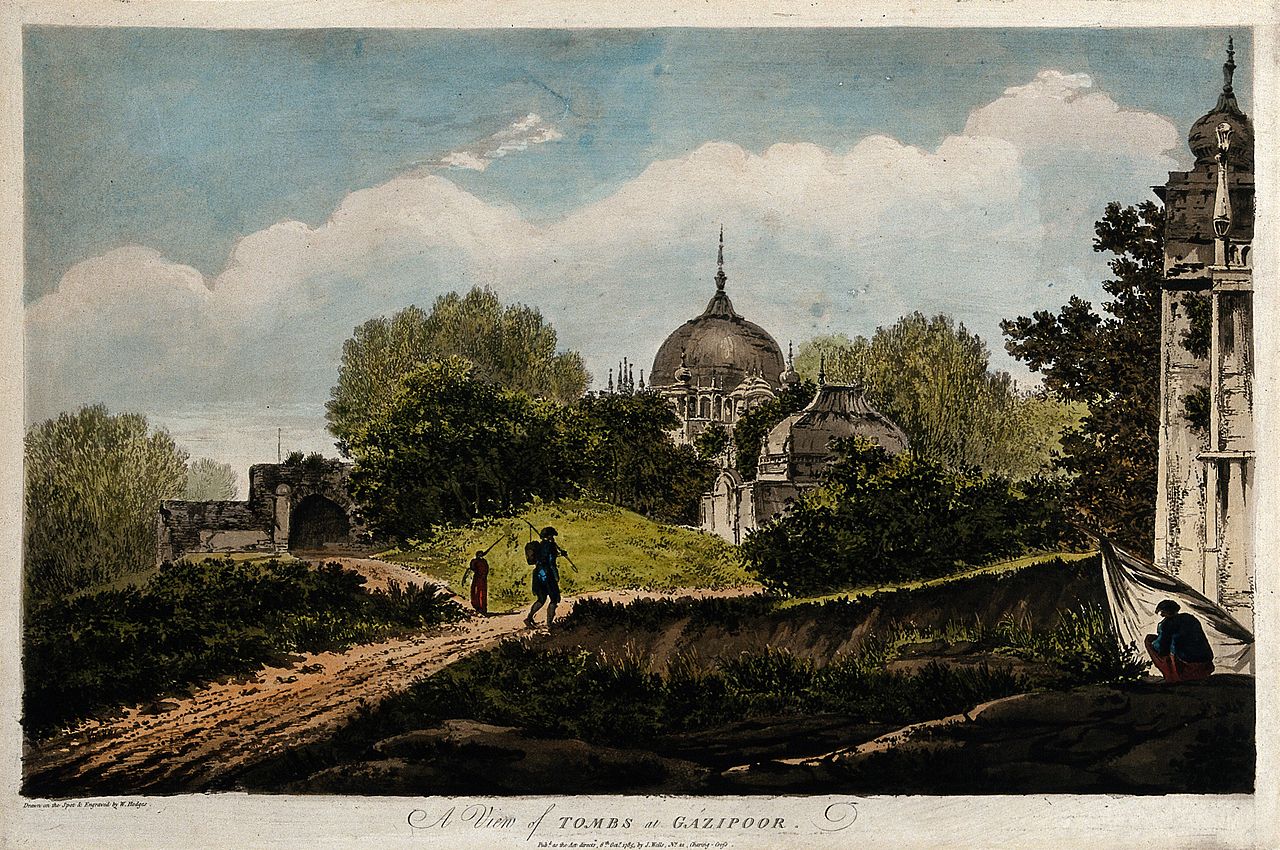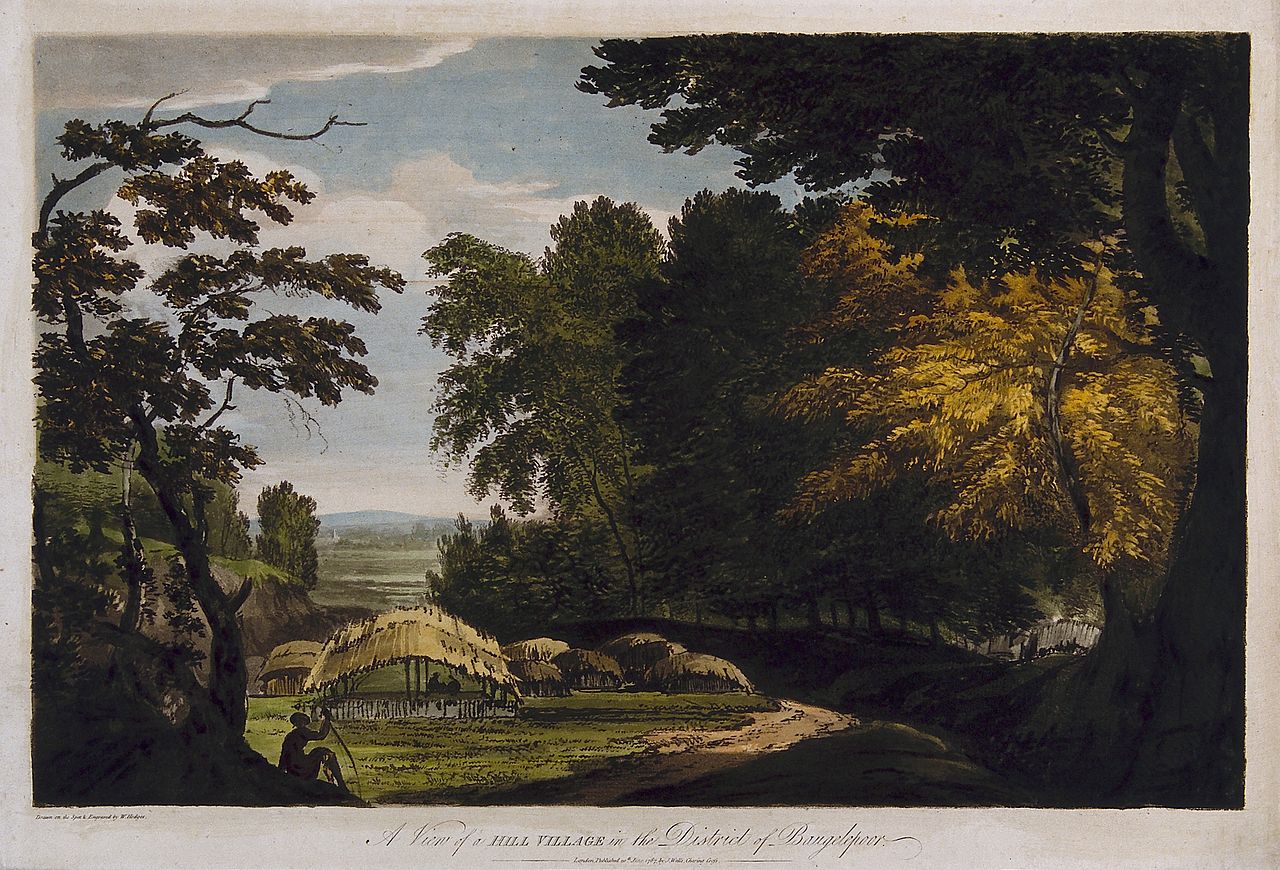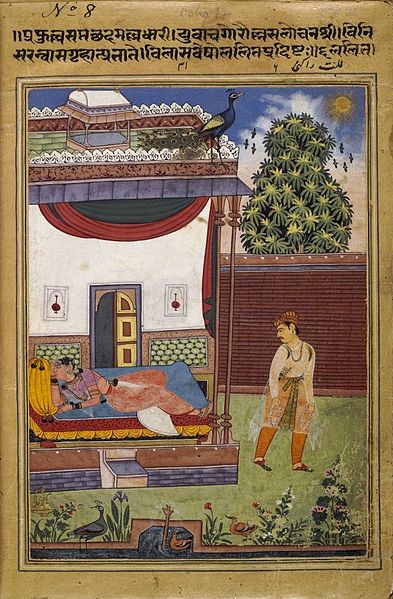#Doyouknow that the blue pottery of Jaipur, Rajasthan does not use clay at all? Yes, it is mainly made up of quartz. The blue colour comes from the dye used to colour the pieces as ornamentation. The technique is Turko-Persian in origin. The dough is made by mixing quartz stone powder, powdered glass, Multani mitti (Fuller’s earth), borax, gum and water. it is fired at a low temperature.
Let’s find out more about this beautiful artform which has everyone transfixed by its sheer beauty, patterns and glaze!

History of the craft
It is a Eurasian type of blue and white pottery, and much related in decoration styles to Islamic pottery and distantly to Chinese pottery as well. A peep into its history reveals interesting facts. The technique traces back to the Mongolian artisans who combined Chinese glazing techniques with Persian decorative designs. The history begins with the Iranian King Shah Abbas II (1632 -1666) who started this work seeing great demands of China Clay Pottery which was exported to Europe in huge bulk. The king took the initiative by calling some workers from China. But ‘china clay’ was not available there as local potters use red clay for pottery. So, they began their work with quartz stone to give a similar look, which was available there. So, the blue pottery started developing in Iran. It had come to India in the 14th century with the Turkic conquests in its infancy and later trade relations with Persia under the Mughals brought this art to Delhi where it was continued. The Mughals too had learnt this technique and began decorating of mosques and tombs like in Central Asia.
In 1857, perhaps the Iranian/Persian potters went back but the Delhi local potters like Bhola Kumhar continued the craft. At the same period, Sawai Ram Singh II (r.1835-1880) who was the ruler of Jaipur and a patron of the arts met some talented potters, Kalu Ram and Chura Mani, who were given the initiative to produce and learn the craft from Delhi from the artist Bhola Kumhar. After successful learning, they started the work as art teacher in the Art School set up by Sawai Ram Singh. In this way this art came to Jaipur. Some people believe that the craft went from Mughal Delhi to Jaipur in the 17th century. And one school says that the craft came to Jaipur only under the rule of Sawai Ram Singh II in the 19th century. However, Jaipur remains a main centre for the art itself. From architecture it started being used in pottery as well for decoration by Indian artisans.
Patrons of the art
Blue glazes were irresistible since yore and even today the range of items is amazing, we have not just the surahi (ewer), pots, but jars, trinket boxes, ashtrays, bowls, decorative items, vases and coasters to just name a few. The magical blue comes from the cobalt oxide used. The colour green is from copper oxide. Oher colours are also used.
Persian excavations have revealed that early pottery in Persia used glazes or lustres of different colours. As mentioned, this craft reached India via Persia and though introduced by the Mughals; it was a bit diminished during Emperor Aurangzeb’s time. As we know it was revived by Sawai Ram Singh II and flourished during his time. Again, during 1950s it saw a dip. With the efforts of Rajmata Gayatri Devi and Kamaladevi Chattopadhay the craft bloomed once again and still thrives today. Kripal Singh Shekhawat (1922-2008) was a renowned craftsman for his skills in Blue Pottery of Jaipur and is also credited for the revival of the art in India. He was conferred the Padma Shri in 1974 and was also honoured with the title Shilp Guru by the Government of India in 2002. Kripal Kumbh, the pottery studio founded by Kripal Singh Shekhawat is still in operation. It is run by his wife Sajjan Kanwar assisted by her three daughters, Minakshi, Himani and Kumud Rathore. He was the director of Sawai Ram Singh Shilpa Kala Mandir at Jaipur where he taught Indian painting and ‘Blue Pottery’. As per him “Blue Pottery- originally known as Sangine, got its name from Britishers as initially it was of blue colour”. The location of its production also includes Delhi. Amritsar, Khurja, Chunar, Rampur, Meerut in the north and Karigari in South India. It is mentionable that Khurja and Rampur use clay for the base.
Delight in design
The designs have both floral and geometric components. Today the customer tastes have changed and there are fabric and abstract designs as well. Articles are having functional and decorative uses. So, designs are sometimes customised as per the requirement. Some motifs can be seen to understand the beauty of the craft.




Present and future
At present this craft is thriving at Jaipur and seems to have a bright future, because of its beauty and brilliance, and also the fact that it can enliven any living or working space. There is the Sawai Ram Singh Shilpa Kala Mandir at Jaipur, an art school where this craft can be learnt. There are other encouraging facts as well. The merchandise relating to storage of food items are being made lead free, so it is non-toxic. There will definitely be more takers. Along with online sales from various retailers, the craft is having a much bigger customer base, which could include people from all over the world. And the innovations are continuing to cater to more people in tune with the current tastes and needs of the public.
References –
- https://archive.ph/20070813200623/http://www.apnarajasthan.com/art_culture_tradition/blue_pottery-by-kripal_singh.html#selection-413.32-413.140(accessed 17.11.2022)
- https://en.wikipedia.org/wiki/Blue_Pottery_of_Jaipur (accessed 17.11.2022)
- Images are from Wikimedia Commons and Amazon.in (images of designs)
Posted by –
Soma Ghosh
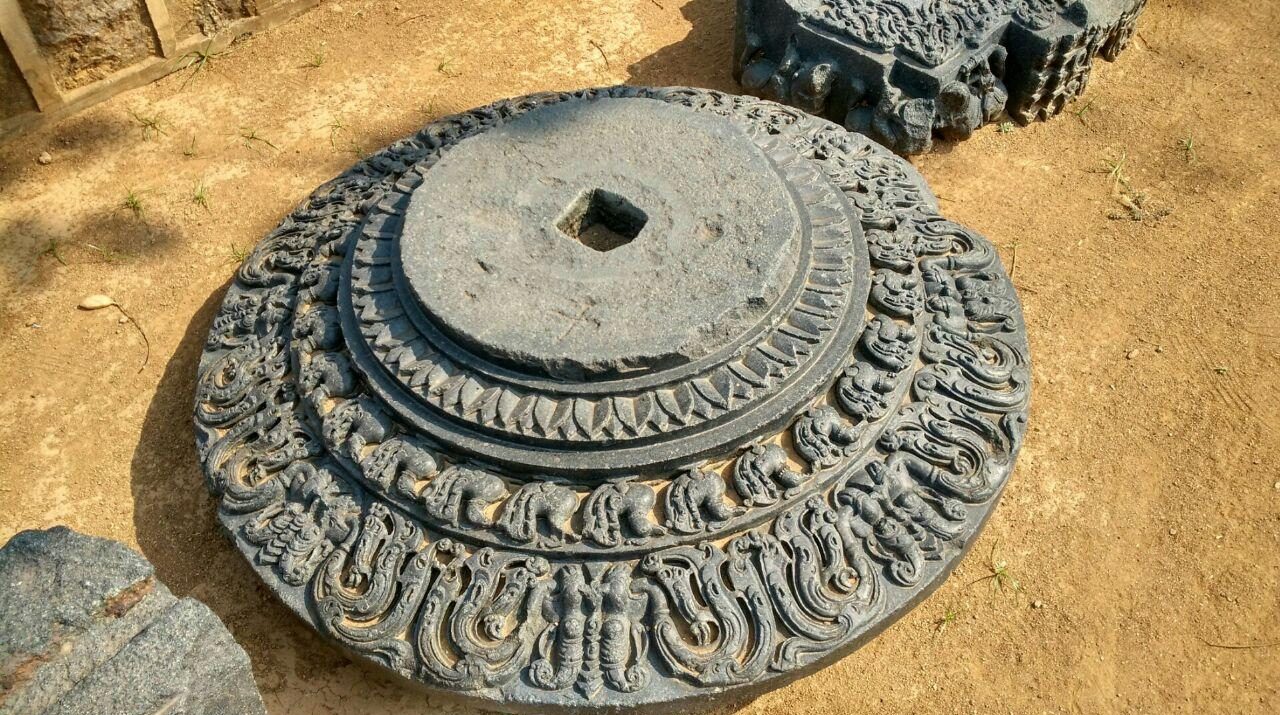































.jpg?mode=max)

